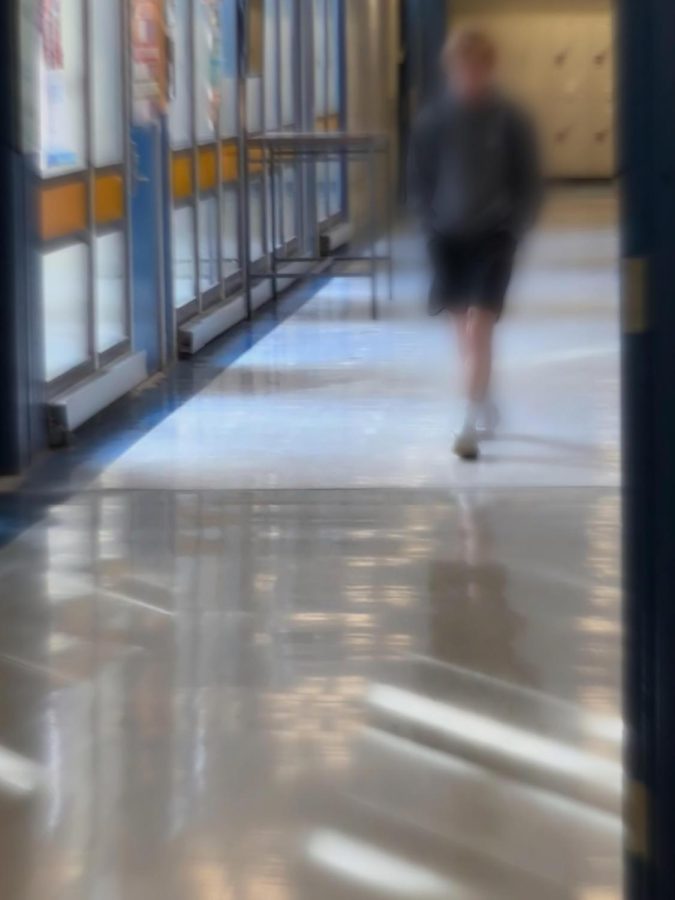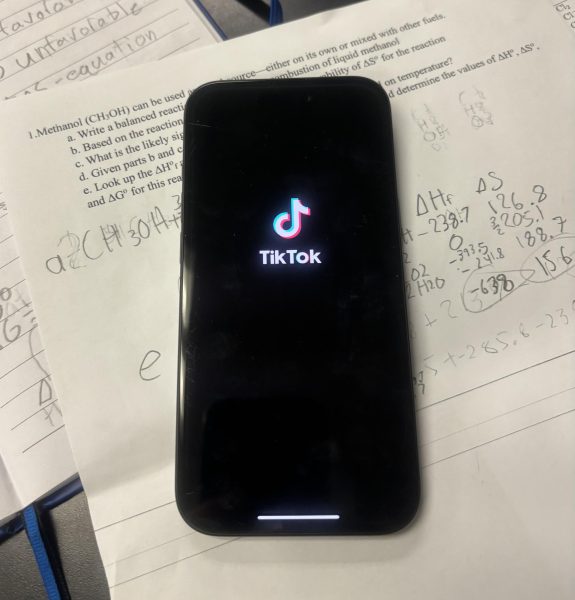Disruption to the Instruction
A tardy table has made its way to the lobby of our very own Triton High School. Before this addition to our high school main lobby, when students were late to school they would have to stop in the main office and fill out two slips. One contained the reason why a student was late and the other was the slip given to a teacher when a student made it to class. Now it all happens in a new spot.
“I came in at 7:42 exactly and it’s absurd I had to wait in a huge line to get a pass,” said Gia Sico, a junior at Triton High School.
Some students here are not very happy with this new rule, which is meant to be a solution to student tardiness. Sico believes it to be a huge inconvenience and makes students even later to their classes. They believe that adding this new protocol is unneeded and that the school should get rid of it.
The administrative office however, thinks this helps the attendance of the students and the overall production of class in the morning. People who were coming in late were disrupting the “momentum of the classroom,” or as others may call it, it was a “disruption to the instruction,” said Joseph Celia.
At the new sign-in table, there are four pieces of paper, each designated for a certain grade. When a student comes in late, they must wait in line in the high school main lobby until it is their turn. Once they reach the table, they must write their name on the correct sheet and then proceed and are given a pass to head to their class. In Aspen they will get marked tardy just like they did when they signed in late in the office. After a student gets 4 or more tardies, they will receive a detention that they will have to serve after school on a designated day.
“This process is no different from when it was in the office, it just frees up the office and makes it so the people in the office aren’t as overwhelmed,” said Celia.
Mr. Celia, the assistant principal and the head of the table in the morning, said that this was just an intervention put together because the number of students being tardy was rising. When Mr. Celia had first put up the table this year, there were 4-5 full sheets of student names being written down for coming in late. This means there were around 100-125 students coming in late. To put this in perspective, there are 641 students in the school and if 100 students come in late, that is nearly 20% of the student population.
“The table was really just to kind of expedite and be efficient with the process,” said Mr. Celia.
This isn’t the first time something like this was here at Triton. Last year, the former assistant principal had come up with this idea to help control the tardy numbers. This wasn’t the first time Triton had seen this table, and it certainly won’t be the last.
As of April 26, this school year there have been 389 students tardy for 3+ days, 167 students tardy for 10+ days, 46 students tardy for 25+ days, 14 students tardy for 40+ days, and 3 students tardy for 50+ days. This is just tardiness. There have also been a lot of students that have been absent. There have been 281 students absent for 10+ days, 115 students absent for 18+ days, 55 students absent for 25+ days, 14 students absent for 40+ days, and 3 students absent for 50+ days. According to the Massachusetts Department of Education, students absent for 18 or more days in a single school year is considered as chronic absenteeism. When a student gets more than 6 unexcused absences they receive an FA, failure due to absences. In Quarter 3, 53 students received 1 or more FA’s.
Mr.Celia claims that when they start to see the rise in numbers again they will bring it back out, but as of now the tardy table is no longer in session. The number of people coming in tardy has become much lower, proving the efficiency of this table.

Hi! My name is Katharine Price and I am a junior at Triton High School.
After school I work at a daycare because I like to be able to say I made an...







